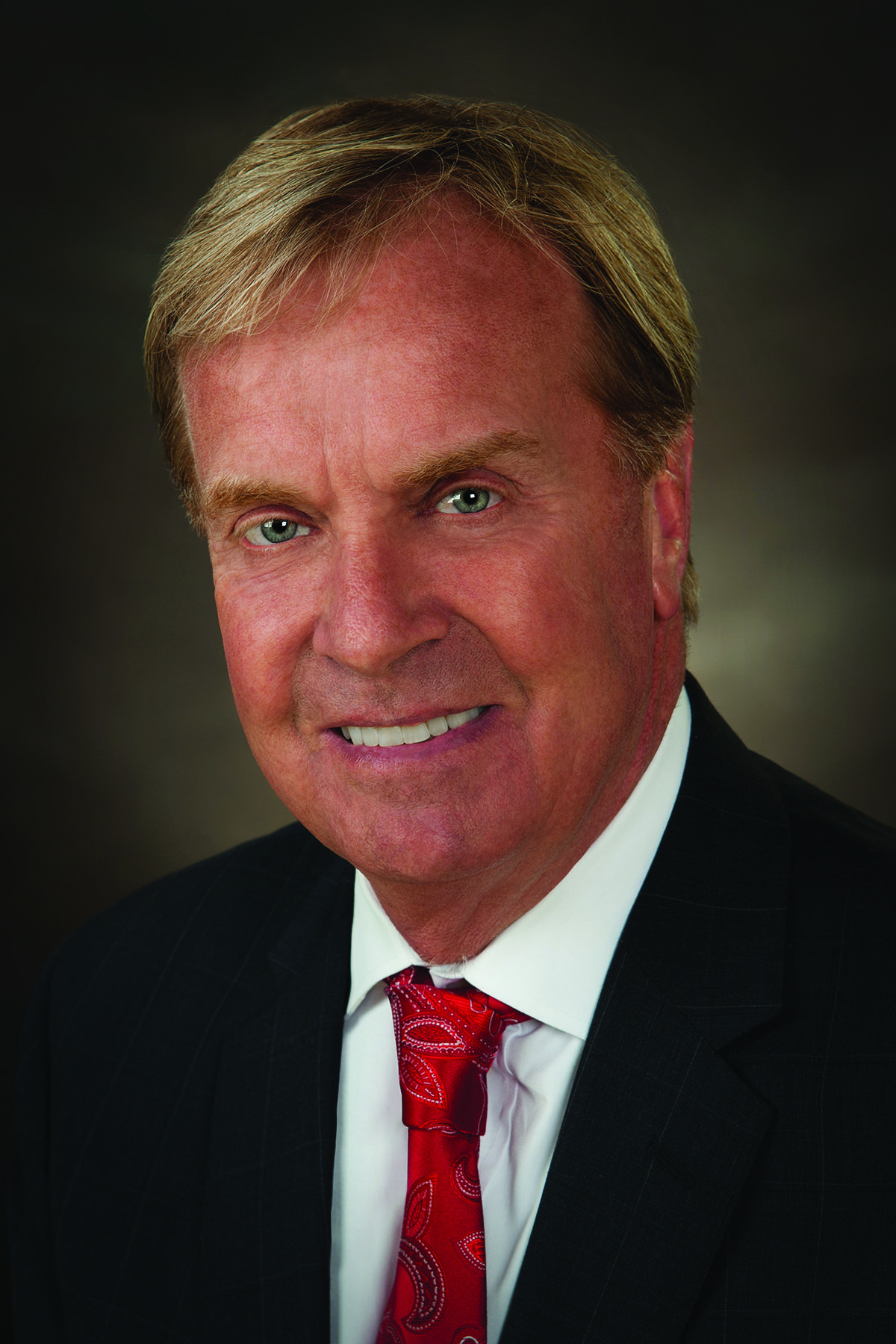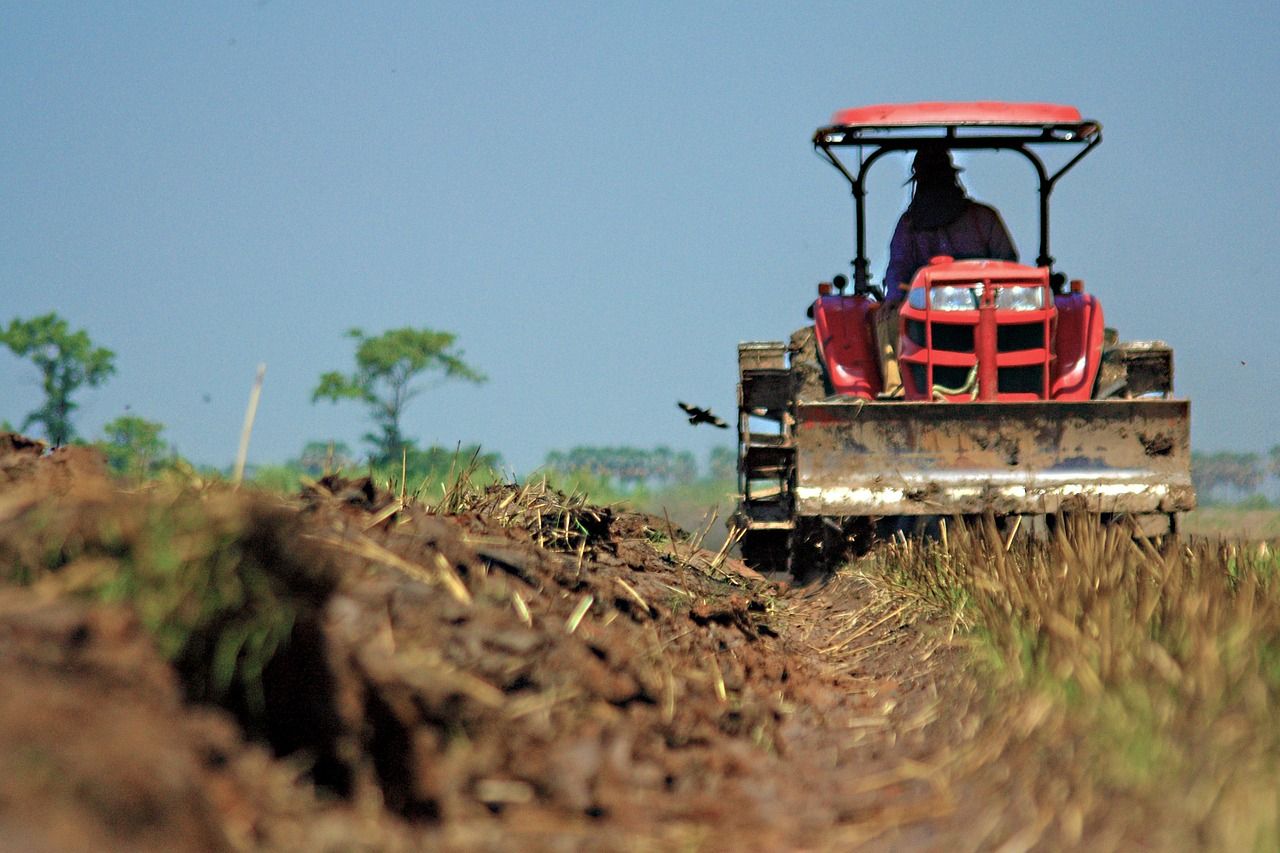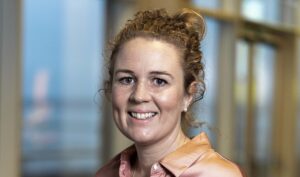Kip Tom is a seventh generation Indiana farmer. Starting with a homestead in 1837, the family has grown its operation into Tom Farms, which is engaged in commercial corn and soybean production across seven counties in the Midwestern farm state. The farm, which encompasses 20,000 acres, is also one of Monsanto’s largest seed producers.
Born into an agricultural family and having spent much of his life within the industry, Tom has a unique viewpoint on the development of agriculture technology throughout the years.
“Whether it is information and technology or equipment technology, there are technologies that will help our agriculture industry deliver a sustainable, affordable, and nutritious supply of food to global consumers,” he says. “It’s exciting, but what is most exciting is when we see collaboration between people in the field, who understand what we need, and developers in places like Mountain View, Palo Alto, and San Francisco. Also, we have an investment community saying this is something new that we haven’t paid much attention to.”
For him, the biggest moment was when Monsanto acquired The Climate Corporation in 2013 for nearly $1 billion. It sent signals to the investment, R&D, and Silicon Valley communities that there was real potential for the agtech sector.
Along with his forward-thinking view of technology in farming, Tom also takes a very business-oriented approach.
“Agriculture production is manufacturing and, once you understand that, you need to understand how to measure, monitor, and control the assets—or crops—that you are growing,” says Tom. “The only difference between us and regular manufacturers is that we don’t have roof over our head. We have to deal with mother nature.”
AgFunderNews recently had a chance to catch up with Tom in advance of his speaking slot at the Forbes AgTech Summit in Salinas, California. He is slated to participate in an Innovation Spotlight panel featuring farm management software company Granular, which Tom Farms has invested in.

How have you seen technology’s role in agriculture change throughout the years?
A Midwest crop farmer has 40 opportunities in his lifetime to produce a crop. Everybody has this fear of failure—farmers don’t want to experiment very much and take the risk of losing it all. As a result, we haven’t been an industry that has embraced a lot of change. Now, with new technology, my son can sit in the office and the equipment can go through the field while he sets up 800 trials. The operator out in the field sees the field test instructions being entered, but he doesn’t have to do anything. Then, we can measure all these trials come fall. It’s seamless how we can do it now compared to how we used to. This is what has revolutionized the industry—the ability to fail in small ways more frequently and to understand where we can win and where we should spend our money.
Twenty years ago, we started seeing investment in variable rate technologies and also yield measurement technologies. That was probably the beginning of technology for Midwest agriculture.
Which technologies have you used at Tom Farms throughout the years?
We have used a lot of technology. Probably more than 20 technologies over the last two decades. Some of those have failed or evolved into another iteration or platform that is actually delivering value today. Early on, we saw investment in variable rate technologies; we started using barcodes in fields for operators to scan that identify the specific field, the crop that was planted, and its characteristics. We actually built some of these things on our own because it was simple to do. We also had the perspective that that this was going to grow quickly.
We started out soil testing on a grid one hectare at a time. The field may have 100 hectares, but we would do it one at a time and the analysis that we received from the sample told us whether we needed a different amount of fertilizer in that area. That’s where it all started. At the time, most people had yield monitors, but we didn’t necessarily have a tool to break down the data and make a measurable change.
Today we have a third party consultant who gets information as soon as it comes out. He can apply algorithms to it and we can find out what we will need to do the following year for fertility, seed selection, and seed populations.
Which technologies have worked well and which haven’t?
We do a lot of beta testing for companies. I cannot mention all of them, but one that really stands out is Granular. I serve as an advisor to them. For the last 10 years, I’ve been looking for an enterprise resource planning system for production agriculture. I was not able to find one and then one day Sid Gorham, the co-founder and CEO of Granular, shows up and says they are going to develop one. This gives us the ability to have better information at our fingertips on a real-time basis. It allows us to understand the profitability or financial success of our farm operation. We have invested in it and utilized it every year.
If a technology is going to be successful, it cannot stop in the field. It has to be built into your accounting systems. Other companies that have got our attention are The Climate Corporation, CropX, and Jains Irrigation. I particularly like the combination of Jains and CropX because you can monitor soil moisture and understand when you should irrigate and when you shouldn’t irrigate.
What challenges or issues do you see facing agriculture and the agtech industry?
There is some work going on at the USDA right now surrounding water regulations. I can see that they are trying to code and identify and connect with our equipment to verify whether we are doing what we actually say we are doing [with regards to water]. We need to be looking around the corner because it will be part of our future where the government will try to collect machine data and see what we are doing. It doesn’t mean it will happen, I just know they are looking at it and we should get involved in that discussion.
The other hurdle I see involves the work force on farms and the ability to use some of these technologies. There is a lot of diversity out there from operations that bring in temporary or part-time employees and they are different people each year that may not have the education that allows them to use some of these tools. Also, companies are producing products that allows more of the work to be controlled externally from a central office, but we are investing ourselves heavily in staff to make sure that they actually know how to operate the equipment using these new technologies. We want to make sure they also understand the benefit of it and most guys are pretty excited to learn and use them.
This issue of work force learning affects farms of all size, including family operations. The reality is that a lot of people are good operators, but when it comes to using technology they need to invest in themselves and their people and understand how to use them. Eventually, there will be barriers to entry for producers who don’t have certain technologies or data sets. They could get left behind if they don’t implement the right technologies. They may not go out of business, but they will be left behind.
Have news or tips? Email [email protected]




